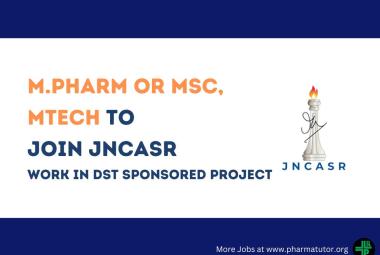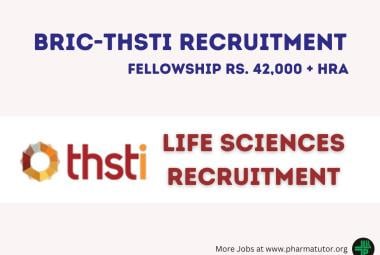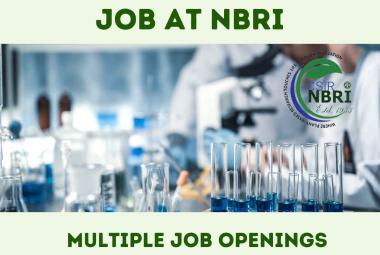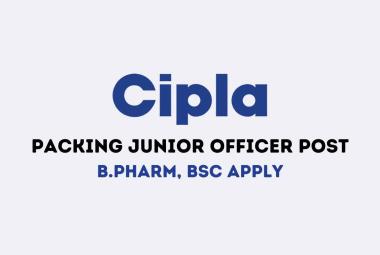REVIEW ARTICLE ON: SYNTHESIS AND BIOLOGICAL ACTIVITIES OF ALLYL SULFIDES
ABOUT AUTHORS
Pomila*; Anjali Sidhu
Department of chemistry,
Punjab Agriculture University,
Ludhiana, Punjab, India
ABSTRACT
The current review frameworks different approaches of synthesis and various biological activities of allyl sulfides. The food-based natural products (allyl sulfides) are major organo-sulfur constituent of garlic had been studied extensively due to their moderate toxicity accompanied by number of biological applications such as anti-cancer, anti-microbial, antibiotic, antimutagenic and detoxification etc. The broad-spectrum application of allyl sulfides inspires us to do advance research on it.


 ABOUT AUTHORS
ABOUT AUTHORS ABOUT AU
ABOUT AU







.png)


